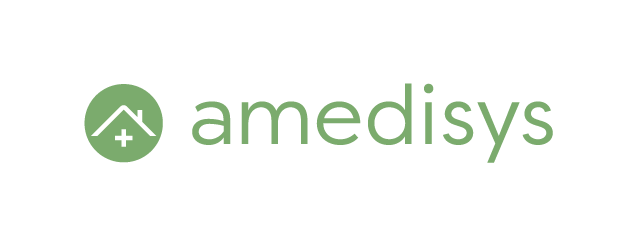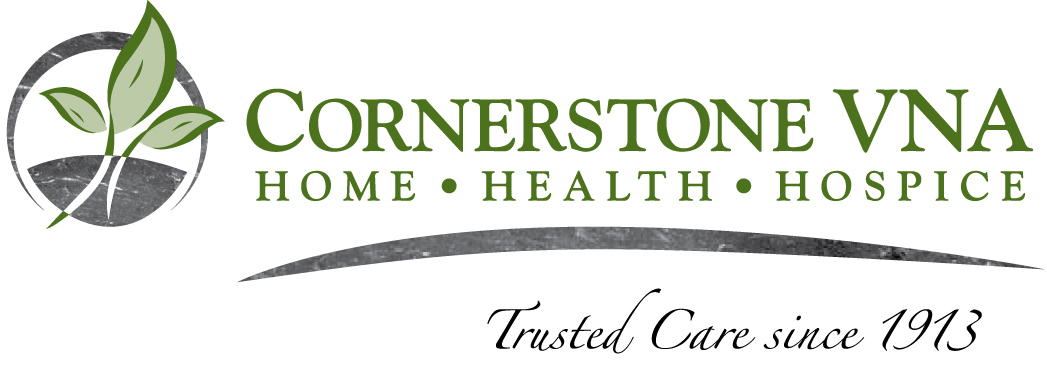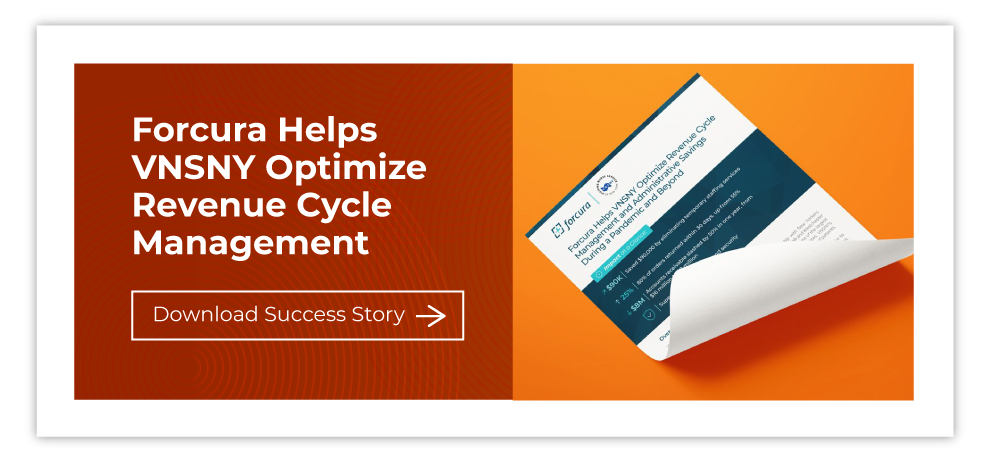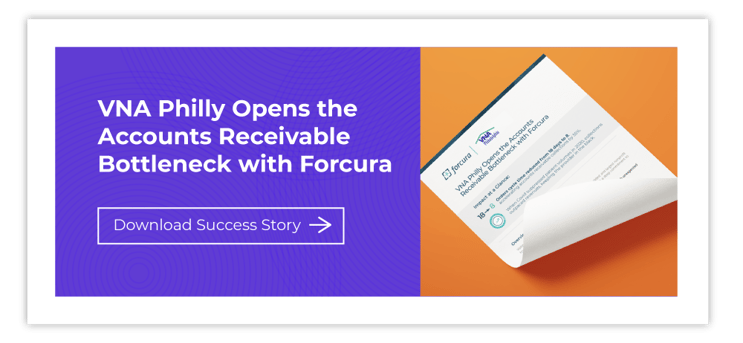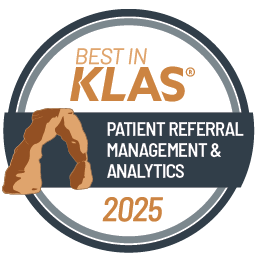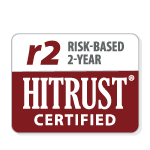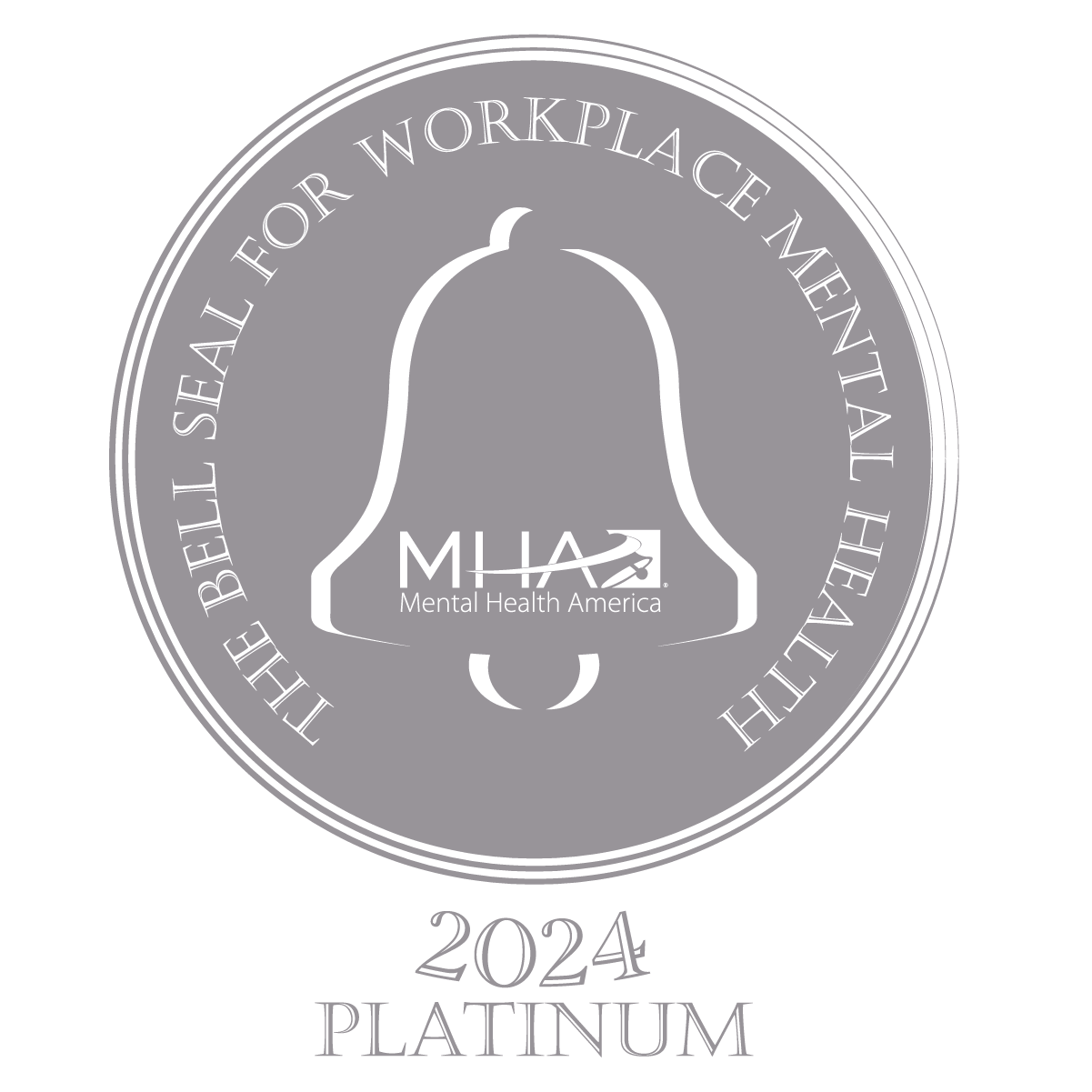Revenue Cycle Management
Every step in the patient care process, from the moment an individual presents to a healthcare setting or makes an appointment to be treated, to the final step when payment for treatment is received, is a part of the revenue cycle. This means that an optimized RCM process is essential for patient care, payor satisfaction and a financially viable healthcare practice.
Revenue Cycle Management
in the Medical Billing Process
Regardless of the size, structure, location or type of services provided, all entities within the spectrum of healthcare need to have an RCM process established to collect payment for care across four principal payment methods:2
- Patient out-of-pocket
- Individual private insurance
- Employment-based group private insurance
- Government financing
There are several distinct functions in the healthcare revenue cycle that feed into effective RCM and help healthcare organizations grow and maintain their revenue streams:
- Pre-registration: Collecting information, such as insurance coverage, before a patient arrives for inpatient or outpatient procedures.
- Registration: Validating subsequent patient information to establish a medical record number and meet various regulatory, financial and clinical requirements.
- Charge capture: Rendering medical services into billable charges for submission to the insurance provider and ensuring revenue integrity.
- Utilization review: Examining the necessity of medical services requested and rendered related to the patient’s healthcare coverage plan.
- Coding: Translating diagnoses and procedures into alphanumeric or numeric codes established by ICD-10 and used by billers to develop patient claims.
- Claim submission: Submitting claims of billable fees to insurance companies for reimbursement or payment transfers.
- Remittance processing: Applying or rejecting payments through remittance processing in insurance and other payor organizations.
- Third-party follow-up: Collecting payments from third-party insurers as per the standings agreed upon during contract negotiations.
- Patient collections: Determining patient balances and pursuing outstanding balances through the appropriate payer entities.
Key Influences on Revenue Cycle Management
Ever-evolving guidelines are established by payors regarding what they pay for, how much they will pay and when. These guidelines are frequently modified and new ones are introduced regularly, leaving healthcare organizations scrambling to keep up with the latest regulations.
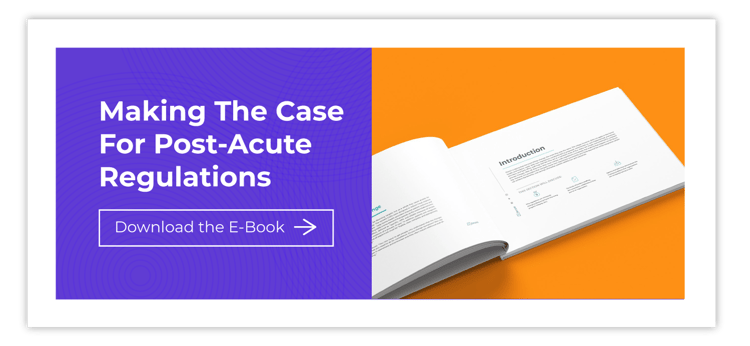
Legislative decisions are made by the government regarding healthcare delivery and funding. These decisions impact various aspects of care and revenue management, from how services are prescribed and delivered to which ones are eligible for reimbursement or coverage.
Economic shifts that affect patient utilization, fluctuating demands for particular types of services, and competition within industry sectors. These larger market changes are typically coupled with patients’ ability or inability to pay for their share of healthcare costs.
Business performance as it relates to an organization’s own productivity, efficiency and quality of patient care. The effectiveness of an organization’s RCM depends heavily on processes and performance metrics, both of which influence billing and payment operations.
Challenges of Revenue Cycle
Management in Home-based Care
Razor-thin margins
Most Post-acute care (PAC) agencies — including therapy, home health, hospice and skilled nursing facilities (SNFs) — are smaller, less consolidated and have fewer government-provided incentives than accountable care organizations (ACOs) and larger healthcare systems..
Limited technology
Due to tighter budgets, many PAC agencies struggle to invest in back-end office technologies, which means they have fewer opportunities to update or replace legacy management systems and may continue to rely on manual administrative functions.
Staffing shortages
High turnover and staffing concerns plague the entire healthcare industry. However, the smaller models of most PAC businesses are at a distinct disadvantage as they have more trouble filling in gaps and getting new employees trained fast enough to keep up with demand.
Value-based care
While this change impacts all healthcare systems, PAC agencies are being foundationally challenged by this newer delivery model that shifts priorities from simply paying for services rendered, to being paid for the results of those services and how they impact patient outcomes.
The Drive to Value-Based Home-based Care
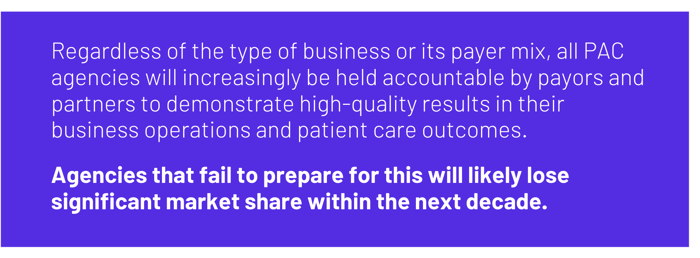
Navigating the Shift to Value-Based Care
Read our blog, How Rehab Therapy Practices Can Make The Shift To Value-Based Care, to find out how your organization can leverage the benefits of value-based care.
The Centers for Medicare & Medicaid Services (CMS) and Value-Based Care
Medicare is the nation’s largest single purchaser of home-based care services and the primary driver of value-based care.3
Responding to market changes and evolving patient demands, CMS is pressing home-based care agencies to provide robust, well-structured services in the most efficient way possible. The number of referrals agencies receive over the next several years and the type of contracts they can garner will largely be influenced by a healthcare agency’s ability to meet these demands and show the clinical results of their high performance.
Within this framework, several developments have occurred or are expected to take place, which will have a significant impact on organizations that derive most of their profits from Medicare reimbursements.
- Payment models have changed: Two newer models, the Patient-Driven Payments Model (PDPM) for SNFs and the Patient-Driven Groupings Model (PDGM) for home health care, have replaced previous fee-for-service models. These payment structures for home-based care are designed to ensure quality results at reduced costs.
- Medicare Advantage (MA) plans are growing in popularity: Hybrid plans continue to gain popularity and adoption, with up to 48% projected to capture the payor market by 2028.4 These plans require provable capacity, interoperability, higher performance standards and advanced data tracking from home-based care agencies.
- Medicare has increased penalties for readmissions: Healthcare facilities face larger fines for high rates of 30-day readmissions. Since many adverse events can occur as patients transition from acute to home-based care, providers in both acute and home-based spaces must work together to achieve optimal patient outcomes.
- Patient acuity is shifting upward: The rapid transition of patients from hospital to home-based care has led to higher acuities at each touchpoint, from SNFs to hospice.
5 Reasons to Optimize Revenue Cycle Management
 Proper RCM affects more than how clinicians and administrators receive compensation for their work. It also allows healthcare organizations to grow, improve, adapt, and compete with similar entities by establishing themselves as providers and employers of choice.
Proper RCM affects more than how clinicians and administrators receive compensation for their work. It also allows healthcare organizations to grow, improve, adapt, and compete with similar entities by establishing themselves as providers and employers of choice.
Is Your Rehabilitation Therapy Practice Leaving Money On The Table?
Ultimately, an effective RCM process results in higher quality care for patients and improved financial health for your organization. Here are a few distinct benefits you can expect to gain from optimizing your RCM:
- Increase your financial bottom line
- Streamline billing processes
- Provide clinical transparency
- Build compliance into your operations
- Improve the quality of patient care
Increase Your Financial Bottom Line
 The home-based care market is evolving at a rapid pace. Time and expertise are of the essence — healthcare organizations need a reliable process that enables them to optimize their revenue cycles and align with demand.
The home-based care market is evolving at a rapid pace. Time and expertise are of the essence — healthcare organizations need a reliable process that enables them to optimize their revenue cycles and align with demand.
Use This 8-Point Checklist To Supercharge Your Cash Flow
An optimized RCM process can help healthcare organizations:
- Meet payor and partner requirements in a timely manner
- Detect payment errors and streamline resolutions
- Track and monitor unpaid claims across channels
- Review revenue shortfalls and identify improvement opportunities
Streamline Billing Processes
Optimized RCM helps accounts receivable (A/R) teams save significant time and effort. Employees should also be able to quickly determine a patient’s insurance status and copay requirements, further ensuring proper reimbursement for Medicare patients and other care recipients.
Provide Clinical Transparency
Optimized RCM is cross-functional and provides transparency into clinical workflows to ensure thorough coding and timely billing. It shouldn’t simply alert teams when a claim is denied but facilitate insights into why the claim was denied and offer additional measures to save on claim revisions and prevent future rejections.
Streamline Billing Processes
 From filing NOAs to controlling LUPAs, organizations need an optimized RCM to back their people and processes. Accurate, timely documentation will help keep an organization compliant with government regulations, and an effective RCM process ensures this by providing a workflow that is consistent, easy to perform, and trackable.
From filing NOAs to controlling LUPAs, organizations need an optimized RCM to back their people and processes. Accurate, timely documentation will help keep an organization compliant with government regulations, and an effective RCM process ensures this by providing a workflow that is consistent, easy to perform, and trackable.
Four Ways Technology Will Make Home Healthcare Penalty-Proof
Improve the Quality of Patient Care
Optimized RCM doesn’t just improve back-end operations but results in better patient care as well. It helps payors approve an agency’s care and reimburse promptly. This influences patient access to care by eliminating treatment delays due to processing or billing issues.
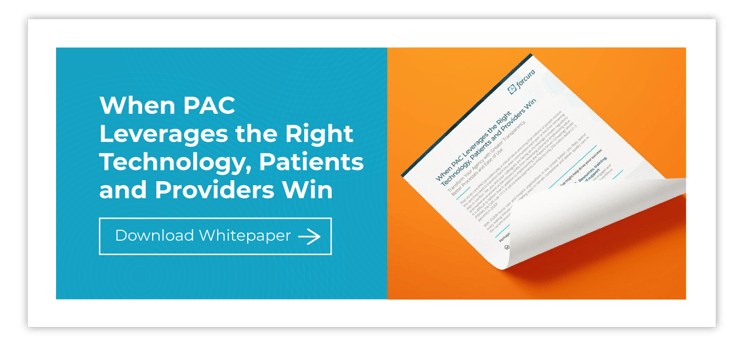
What is Revenue Cycle Management Software?
The key to effective RCM in today’s competitive market lies in establishing a technology-enabled process. Having a digital and automated RCM solution enables home-based care providers to be proactive about their organizations’ revenue and financial performance. Instead of allowing claims to impact viability, providers can focus on early detection, identify eligibility issues, and prevent initial claim rejection while also ensuring timely reimbursement.
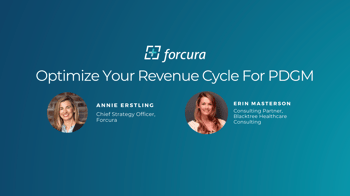 Having this kind of software doesn’t mean healthcare providers need to outsource RCM or settle for a one-off solution that only accounts for key billing processes. Instead, organizations should consider implementing a comprehensive solution that encompasses every element of care coordination, from patient intake to ongoing performance monitoring and every step in between.
Having this kind of software doesn’t mean healthcare providers need to outsource RCM or settle for a one-off solution that only accounts for key billing processes. Instead, organizations should consider implementing a comprehensive solution that encompasses every element of care coordination, from patient intake to ongoing performance monitoring and every step in between.
These care coordination platforms give administrators and clinicians the tools and processes they need to maintain optimal internal operations and provide the best quality of patient care.
Webinar: Optimize Your Revenue Cycle for PDGM
Benefits of Revenue Cycle Management Within a Care Coordination Platform
Simplify Intake and Onboarding

An intuitive care coordination platform saves administrative staff significant time and effort, from initial patient intake to ongoing record-keeping and claims submissions.
With a reliable solutions platform, processes are streamlined to ensure that providers gather thorough, accurate information in one swoop. Healthcare organizations can reduce patient onboarding time by up to 50%, and this faster onboarding speeds patient care initialization, reduces administrative tasks, and simplifies claims filing and management down the line. These efficiencies help healthcare organizations operate more effectively and minimize referral costs — by an average of $60 for every referral that funnels through their pipeline.
Success Story: Patient Onboarding Time Cut In Half with Forcura
Capture Reimbursable Conditions
at the Start of Care
As providers evaluate new patients and begin creating treatment plans, the right care coordination platform can support healthy RCM and improve patient care from the first touch.
Equipped with dynamic solutions, care teams spend less time filing paperwork and more time with each patient. This allows them to assess patients’ conditions more thoroughly at the start of care, identify reimbursable conditions and build out detailed care plans based on patient interactions and the robust documentation collected at each interaction. All documentation is aggregated in a single, cloud-based dashboard so care teams can reference accurate, updated patient information throughout the course of care.
Process Clinical Documentation
Efficiently and Securely
Documentation is a primary driver of effective care coordination. As mentioned above, it drives internal processes and enables care teams to provide the most valuable treatments to patients while also ensuring care is recorded, monitored and billed appropriately.
A quality care coordination platform holistically supports a healthy revenue cycle by capturing and processing critical documentation through a central channel. Providers can create, upload, or reference digital documentation through a secure, user-friendly interface that centralizes patient records and ensures compliance with HIPAA and payor regulations.
Speed up the Billing and Reimbursement Process
With precise intake, documentation and care coordination processes in place, final billing and reimbursement workflows will accelerate automatically. Rather than sifting through disorganized data or resolving a growing list of claim rejections, A/R teams can coordinate with internal and external parties more efficiently.
Fewer errors and delays help shorten the average document sent-to-signed cycle and reduce time spent on A/R tasks by up to 60%. As healthcare organizations, payors and providers adjust to evolve with new legal regulations and billing frameworks, a reliable, intuitive billing system within an integrated care coordination platform has grown essential for success.
5 Ways To Get Paid Faster
Revenue Cycle Management with Forcura’s Care Coordination Platform
Healthcare organizations that treat Medicare or privately insured patients provide their services and then receive reimbursements for the care. Forcura’s care coordination platform provides transparency into clinical records and workflows so users can take follow-up actions accordingly. More efficient processes allow final collections on outstanding accounts to begin sooner and yield more profitable results.
Interoperability Puts The Most Important Goals Of Healthcare In Reach
Transparency and Tracking
- Control which users can view and modify all phases of the revenue life cycle – intake, orders management, provider relationship management and analytics.
- Ensure everyone knows their roles and promote staff accountability by improving visibility across the billing cycle.
- Create and share care plan notes across departments and clinicians in the field.
- Provide convenient, on-target training programs that help employees keep pace with demand
Orders Management
- Prepare and send your clinicians’ care plans to a primary care physician to sign, if required by CMS for reimbursement, or onward to the billing department.
- Monitor the status of each care plan and how long signatures have been pending.
- Search by patient or provider using an archive that staff builds over time.
- Quickly identify and resubmit errors regarding signatures in returned orders.
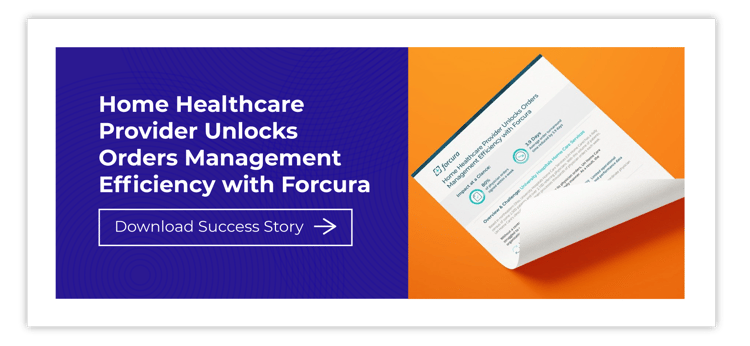
Transition to Billing
- Send orders to A/R faster so collections keep pace with revenue generation.
- Reduce sent-to-signed time and automate requests for physician signatures.
- Organize and track digital documents with specific workflows.
- Prepare documentation for submission to CMS or other payors.
Bill Faster By Improving Your Document Turnaround Time
Analytical Feedback
- Identify and solve bottlenecks or training gaps with easy-to-access reports.
- Monitor staff performance in real-time at the individual, location, or enterprise level.
- Evaluate your referral trends and anticipate how you’ll need to allocate clinical staff.
- Group pending signatures by highest or oldest plans of care or recert volumes.
Use Technology, Data And Analytics To Get Ahead Of The Curve
See How Forcura’s Care Coordination Platform Improves Revenue Cycle Management
At its core, Forcura’s solution helps clients manage care coordination with transformative efficiency, efficacy and ease, with features that set Forcura apart from the competition:
- Secure interfaces for communication, documentation and billing
- Reliable support and a low number of platform downtimes
- User-friendly features and intuitive online tools
- Continuous product innovations and iterative improvements
- Guidance and thought leadership from healthcare communication experts
Care teams leverage the platform to meet requirements promptly to receive the full payments they deserve. By partnering with Forcura, they’ll also see process improvements and uncover new efficiencies across various care coordination workflows.
Hear What Our Customers Are Saying

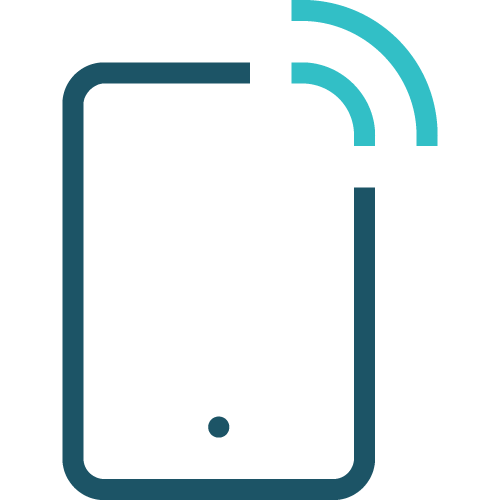











 Proper
Proper  The
The  From
From 
 Having this kind of software doesn’t mean healthcare providers need to outsource RCM or settle for a one-off solution that only accounts for key billing processes. Instead, organizations should consider implementing a comprehensive solution that
Having this kind of software doesn’t mean healthcare providers need to outsource RCM or settle for a one-off solution that only accounts for key billing processes. Instead, organizations should consider implementing a comprehensive solution that 

